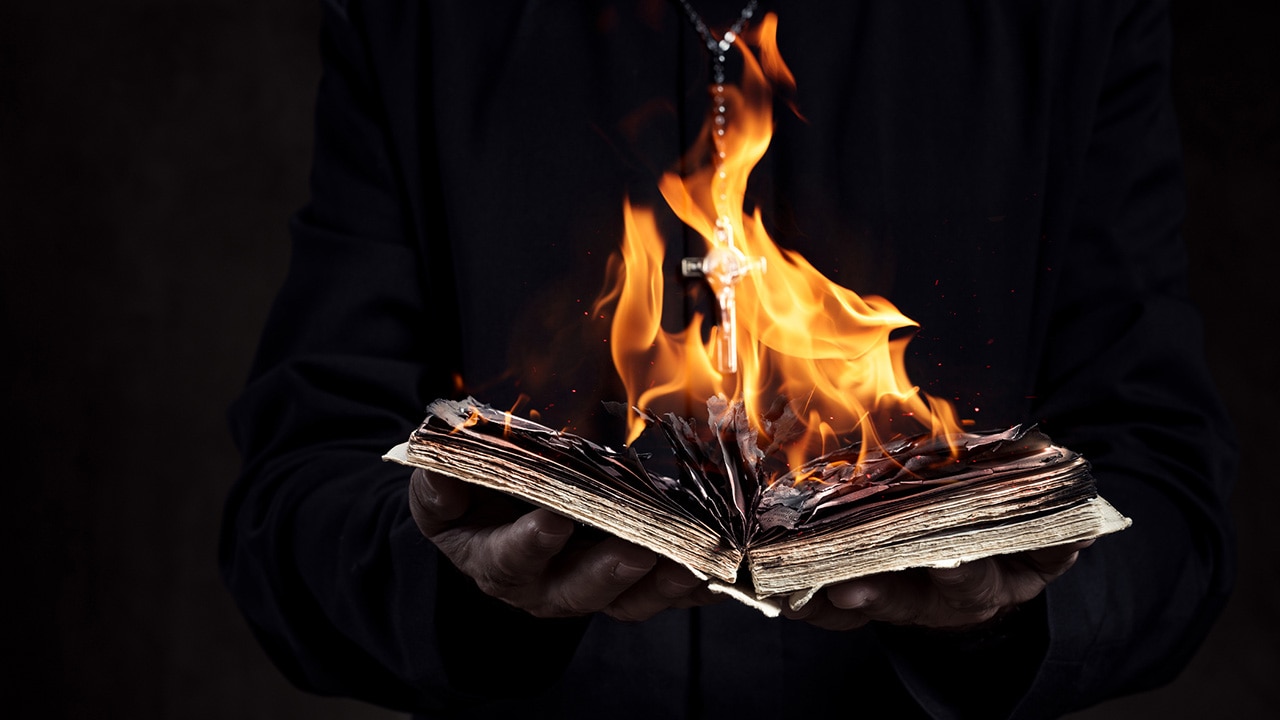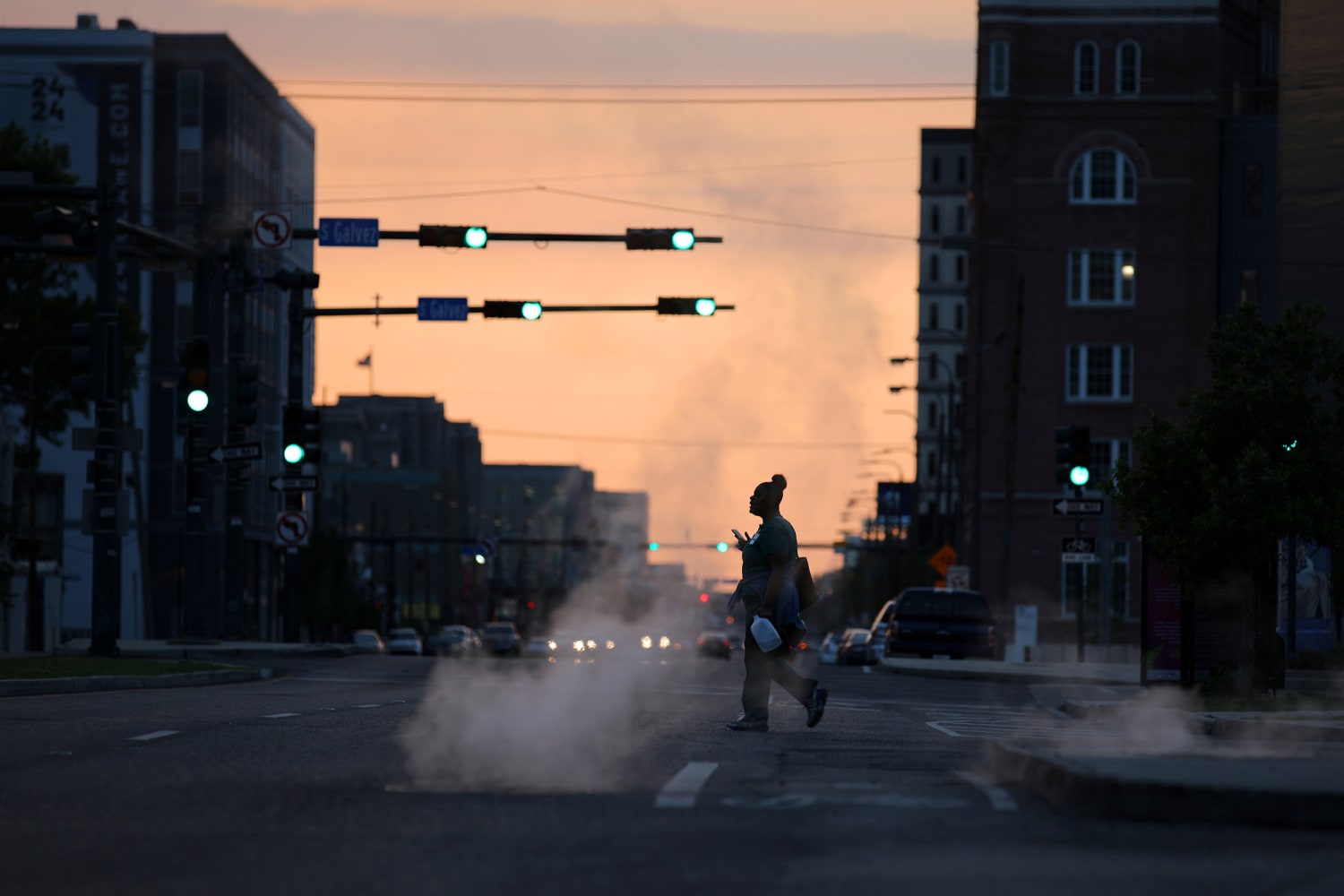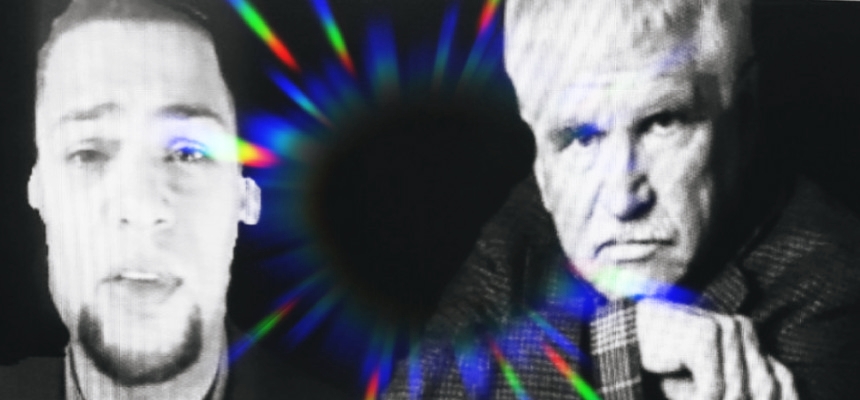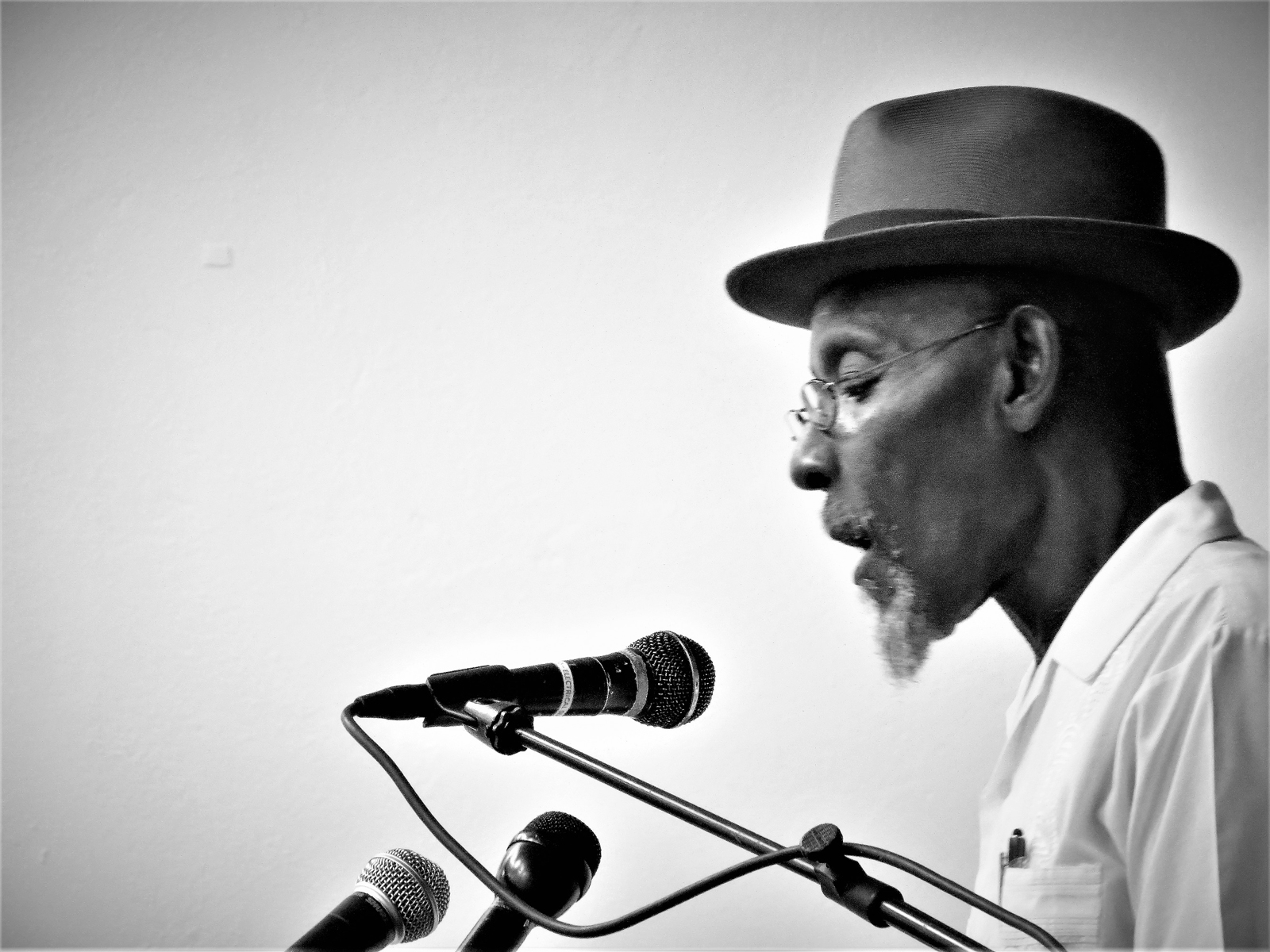
Source: Code Switch
More than 90% of U.S. churches were closed at the height of the coronavirus pandemic. But since mid-April, mostly white faith leaders have pushed to fill their pews again, suing governors over bans on large gatherings and joining “reopen” protests at state capitols. President Trump threatened to override governors who did not allow “essential places of faith to open right now,” flying in the face of black pastors urging caution. African American deaths from COVID-19 are nearly twice as high as would be expected based on their share of the population.
The Rev. Lenny Duncan is a black preacher in the Evangelical Lutheran Church in America, one of the nation’s whitest Christian denominations. As nationwide protests have forced white Americans to talk about race, Duncan’s longtime advocacy within the church has become all the more relevant.
Formerly incarcerated and homeless, Duncan was attracted to the Evangelical Lutheran Church in America’s welcoming message of grace. But he believes the denomination — and the broader mainline Christian community — have failed to answer the call to fight for racial justice and address the church’s inherent white supremacy. (Slaveholders justified slavery with Bible verses. The Ku Klux Klan staged parades with banners saying, “One God/One Country/One Flag.” Segregated Christian schools thrived under the guise of religious freedom.)
In his book Dear Church: A Love Letter From a Black Preacher to the Whitest Denomination in the US, Duncan writes: “Jesus is Trayvon Martin, armed only with a bag of Skittles and an iced tea against an entire world that would rather hang him from a tree than love him. Until we see this, we are lost.”
I talked to Duncan about his book, the “demonic” force of white supremacy and the church’s role in society during a time of social distancing, social unrest and religious decline.
Our conversation has been edited and condensed for clarity.
There’s a growing movement among white evangelical faith leaders to hold in-person services again, and the president has supported these calls to reopen. What are your thoughts on this, considering how COVID-19 has ravaged communities of color?
We shouldn’t be surprised that white Christianity is willing to sacrifice black and brown bodies for the cause of their own personal salvation and relationship with Jesus Christ. That has been part of the history of the American church experience. Of course, they are willing to sacrifice black and brown bodies to hear a full-throated hymn. Of course, they are willing to sacrifice our communities for tithes and offerings. Of course, they are willing to sacrifice the people I grew up with and call that patriotism. And some of them are even going a step further and calling it biblical.
These pastors have completely aligned themselves with empire, the antithesis of the gospel of Jesus Christ. And it’s mostly fueled by white supremacy. As soon as they heard that their communities were not going to bear the brunt of this pandemic, then they didn’t care anymore. Before this pandemic, many of us have already been incredibly aware of the way that our health care system is a disaster for black communities. We’ve already been calling out how white evangelical Christians have not loved their neighbor or cared about the cause of racial justice in this country.
Your book Dear Church was published almost a year ago today. What has the response been like?
The book had a discernible impact upon the denomination as a whole. There have been shifts. One of the things I talk about in the book is [the symbolism of Advent] — painting blackness as always in darkness, always as evil and bad, further away from the light of God and all that kind of language we use in our worship. There’s been a big movement around pastors not wearing white robes, which is a silly thing that really resonated with people — like, oh, I’m a white person wearing a white robe with a hood.
I believe that the Evangelical Lutheran Church in America wants to be better. They just don’t know how. One of the things that we often underestimate with the power of white supremacy is that the people who are the sickest from it, often do not know that they are infected with it. They can’t recognize the cage around me as a black, queer person in this country, and they can’t see the gilded one around themselves. That’s why in the book, I diagnosed it as something that is demonic and otherworldly because of the way it seems to have malevolence and intelligence above and beyond some of the convenient fools. Our president is a convenient fool for white supremacy.
You said the people who are the sickest from white supremacy often don’t know that they are infected with it. Even if white pastors are disregarding the impact of COVID-19 on people of color, white Americans comprise nearly half of COVID-19 deaths.
That’s the cunning thing about white supremacy is that not only does it always find a scapegoat, but it always finds someone who’s doing worse off than you. And it creates a narrative of white American invulnerability to what’s happening globally. We’ve always been able to weather this storm because America is so exceptional and it’s the city on the hill, it’s blessed and ordained by God. All of that is bulls***. The truth is that we have refused to engage in the global community as a country and our churches have refused to engage the local communities on the issues that Jesus actually cares about. If the Christian church in the 21st century does not dismantle white supremacy, there will be no Christian witness in 50 years in this country. Every church will close.
“We’re all in this together” has become a clichéd phrase during the pandemic, and among Christians, there’s a similar desire for unity. A recent article called “Church, Don’t Let Coronavirus Divide You” encourages Christians who disagree about masks and social distancing to not judge one another. But in your book, you write that Jesus was divisive.
There’s a lot of bulls*** in the name of Christian unity, where people will set aside the agenda of God in the name of Christian niceness. Christian niceness is a product of whiteness, and it’s just as deadly as any of the other manifestations of white supremacy.
The most compassionate action right now is intentional social distancing. That’s what Jesus would be telling us to do if we were gathering. Jesus was a man of color who was murdered by law enforcement and state-sanctioned violence for insurrection against the Roman Empire. That’s not the average pastor in America. The average pastor in America placates the comforted and does nothing for the afflicted when we’re actually called to afflict the comforted and comfort the afflicted.
What should the role of the church be — specifically very white denominations like the ELCA — in addressing killings of black Americans by police?
The last couple days have been incredibly traumatizing for black Americans. I spent most of the last 72 hours in my garden, planting flowers, listening to hymns and bursting into tears. Because I’m tired of Jesus literally saying, “I can’t breathe,” on the streets of America while everyone turns their back on him.
White denominations need to show up, share their wealth and let people of color and street activists lead. They need to get connected to leaders on the ground and pour all their resources into bail funds and providing food and water. The church has lost our place in society and given up our opportunity to be leaders. But we can be chaplains to the revolution. We can offer spiritual care and comfort to those who are going to change this country and who I truly believe are sent by God. We can show up as white churches to serve those people and get the hell out of their way.
Given Christianity’s role in enabling white supremacy in this country, what steps can the church take going forward to ameliorate those sins?
American Christianity needs a revival. I mean, it’s mostly a whitewashed tomb with the ghost of Christianity haunting our churches. It’s a group of people who get together and like to think about how they used to take down empires with the power of God and make sure the marginalized are centered and offered salvation, mercy and grace. We tell stories of people who did those things, but we hardly ever do them ourselves anymore.
We need to acknowledge that a large portion of the American Christian world will never commit to the task of dismantling white supremacy. The rest of us have to start this work with or without them, because the entire republic is on the line. And beyond the republic — perhaps the world and ourselves. The church is a spiritual body beyond time and space that has lasted 2,000 years and has watched the rise and fall of empires. We will survive this empire. And we will have to be accountable for the actions we took as it fell.
 Branded Head, Hank Willis Thomas
Branded Head, Hank Willis Thomas









